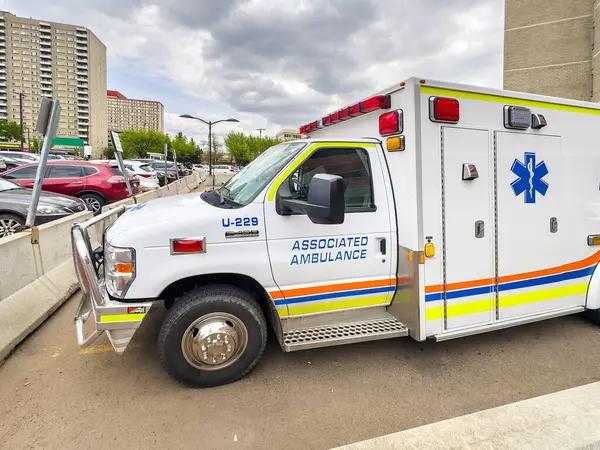Medical transportation over long distances is a critical service for patients who require specialized care, ongoing treatment, or relocation to advanced medical facilities. Proper planning and booking are essential to ensure the journey is safe, efficient, and comfortable for the patient. Whether it’s for non-emergency medical reasons or urgent situations requiring professional supervision during transit, understanding how to navigate this process can make all the difference.
The first step in planning long-distance medical transportation is assessing the patient’s condition and determining their specific needs. This involves consulting with healthcare providers to understand whether ground or air transport is appropriate. For patients who require constant monitoring or life support equipment during travel, air ambulances staffed with trained medical personnel may be necessary. Conversely, ground ambulance services equipped with basic life support (BLS) or advanced life support (ALS) systems might suffice click for more information less critical cases.
Once the mode of transport has been decided, researching reputable medical transportation companies becomes crucial. Look for providers that are certified by relevant regulatory bodies and have a proven track record of safety and reliability. Reading reviews from previous clients can offer insights into their quality of service. Additionally, inquire about the qualifications of onboard staff; they should include paramedics or nurses experienced in handling emergency situations.
Budgeting is another important aspect when arranging long-distance medical transportation. Costs can vary significantly depending on factors such as distance traveled, type of vehicle used, and level of care required during transit. Many insurance plans cover some portion of these expenses if deemed medically necessary; however, verifying coverage details beforehand helps avoid unexpected financial burdens.
Booking early ensures availability on your preferred date while allowing time to coordinate logistics like obtaining necessary documentation from healthcare providers and preparing any medications or equipment needed during travel. Communication between all parties involved—medical teams at both ends of the journey as well as family members—is vital to ensure seamless transitions upon arrival.
Lastly, prioritize comfort throughout the process by addressing practical concerns such as meals for longer trips and accommodations for accompanying family members if permitted by regulations. By carefully considering every detail—from selecting a trustworthy provider to ensuring proper communication—patients can experience a smooth transition that prioritizes both their health and peace of mind during what might otherwise be a stressful period.











